END TO END HOSE PROTECTION
There is always a risk of an accident when working with high water pressure. Protective clothing helps keep the operator safe, but to be fully protected and protect both people passing by and nearby equipment there’s a need to look directly at the cause of many accidents – the hose. To fully understand its hazards, let’s follow the high-pressure water’s journey through the hose from the pump to the waterjet gun and the operator holding it.
When working with high water pressure it is of course important to use proper PPE. To get complete protection it is essential to both wear protective clothing and use protective gear, such as hose protection. The water’s journey from the pump to the operator has high-risk sections and to diminish the threat of an accident it’s necessary to locate them and address them as best we can.
Already at the start of the hose, by the pump, we encounter the first one, a coupling.
Couplings are the weakest part of the hose and most prone to breakage. Therefore, there’s a need to pay extra attention to both pumps, dump valves, and hose connections.
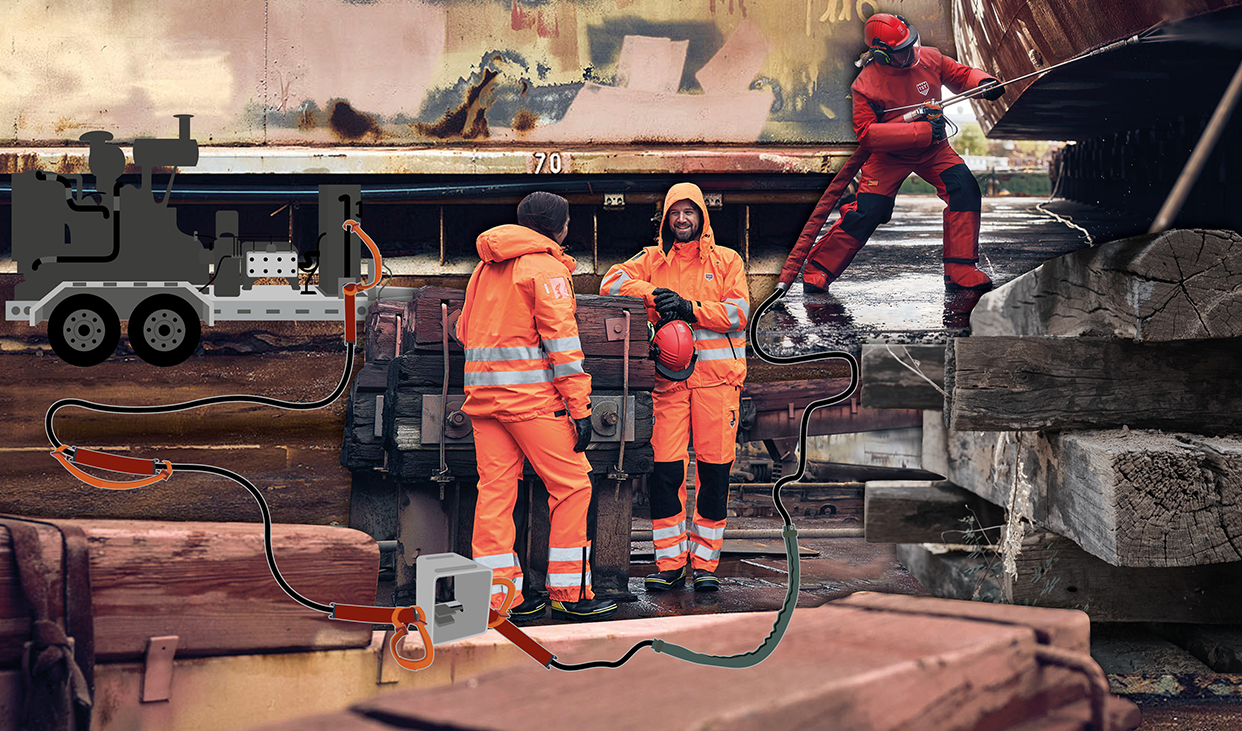
End to end hose protection is a vital component in ensuring an overall secure and reliable work environment safeguarding both sensitive equipment, machinery, and of course, people.
We offer a wide range of solutions to safeguard hoses and, by extension, both people and equipment around them. When developing products, we always consider the possible dangers operators face.
– If a coupling bursts, it can mean plenty of problems. Therefore, we recommend the Hose Connection Cover for hose couplings and connections. When placed over the hose, it protects people working near or passing by if the coupling were to burst. It is also a good idea to use a Whip Check. If a coupling breaks the hose will start to whip and the high-pressure water can potentially harm people and damage equipment. The Whip Check secures the hose, and in the event of a hose break it prevents it from whipping, says Peder Lindström Market & Sales Director at TST Sweden.
Dump valves are another high-risk section. Treat them like other couplings and connections and use both the Hose Connection Cover and the Whip Check, keeping the operator manning the dump valve safe if a coupling bursts.
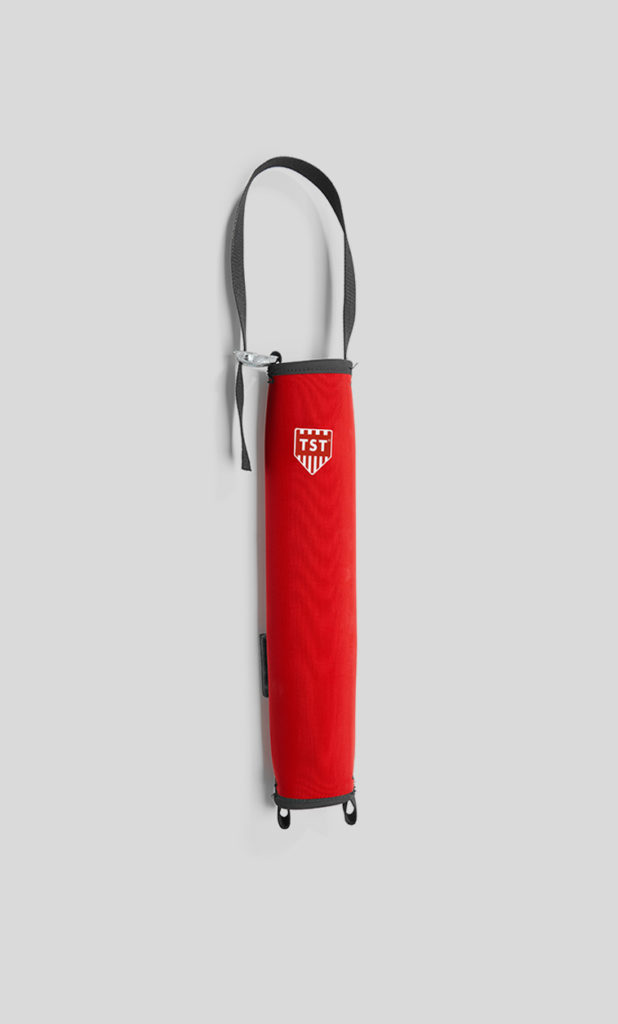 Hose Connection Cover
Hose Connection Cover
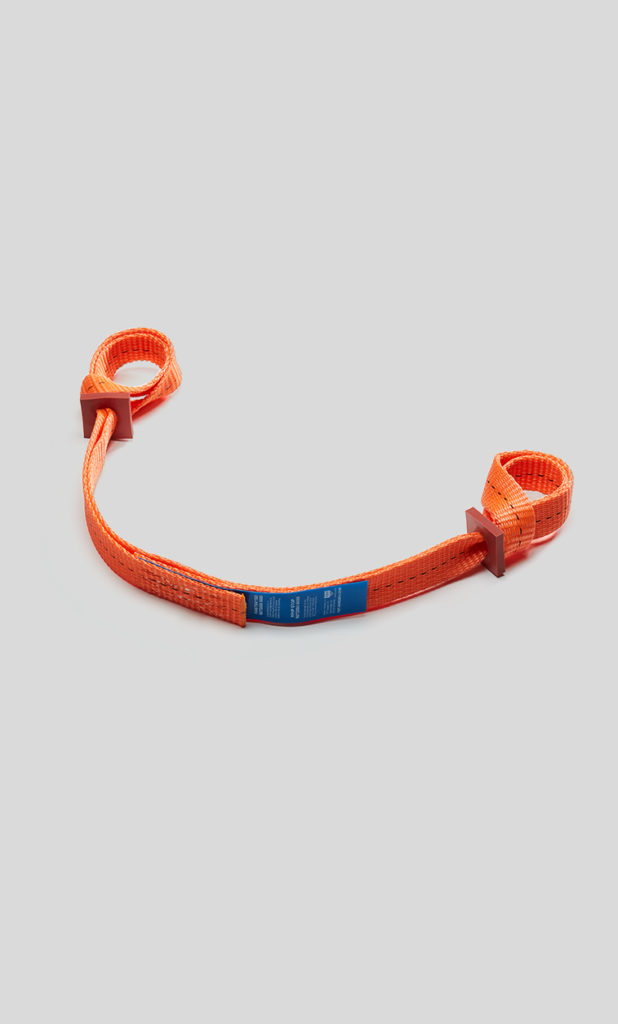 Whip Stop
Whip Stop
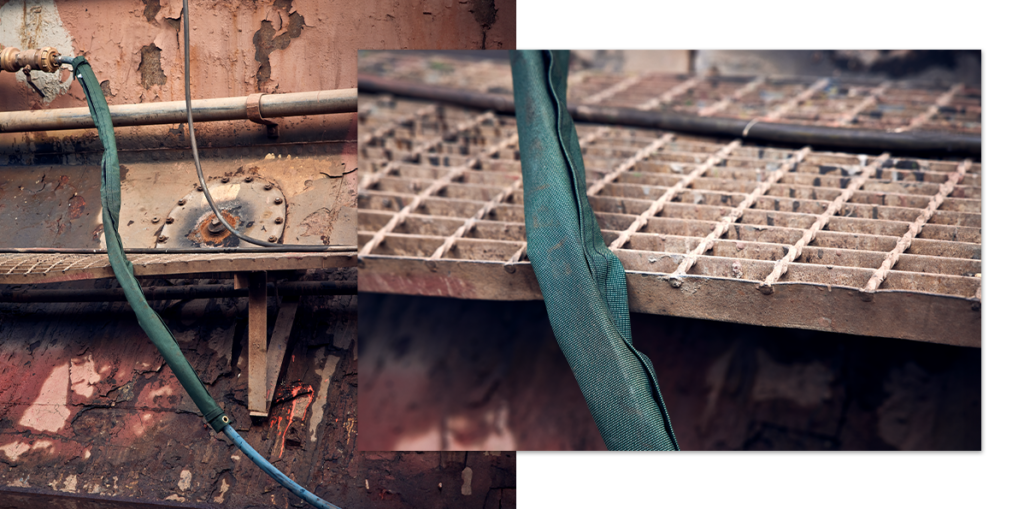 The Scuff Guard increases hose longevity by protecting the hoses against sharp edges and coarse surfaces.
The Scuff Guard increases hose longevity by protecting the hoses against sharp edges and coarse surfaces.
When the hose is exposed to rough surfaces and sharp edges, it wears out faster than necessary. The hoses used while working with high water pressure are often expensive and having to exchange them frequently can mean a costly expense, and not exchanging them a big hazard.
To increase hose longevity we suggest the Scuff Guard. It is made of durable Techsteel™, an extremely strong fabric with a Martindale rating of 500 000, and protects the hose from both wear and tear keeping hose budgets within their limits.
The final risk for a hose break is near or on the waterjet gun. Areas often close to the operator and near sensitive areas of the body, such as the abdomen, the armpit, or the neck. Since these areas require a lot of flexibility for the user to be able to move around in a safe way, they are also difficult to properly protect with protective clothing.
Here it’s a good idea to use the our Hose Protection. Placed where the hose connects to the lance it protects the operator if a coupling or a hose breaks or if a pinhole leak occurs making it a great complement to protective clothing. The Hose Protection comes in protection levels up to 3 000 bar / 43 500 psi and in different lengths, and diameters to cater to all hoses. It is recommended to use at least a length of 1400mm since it makes it more comfortable for the operator as part of the Hose Protection lies on the ground, meaning that they don’t have to carry its full weight. Also, it provides the operator’s body with the best possible protection.
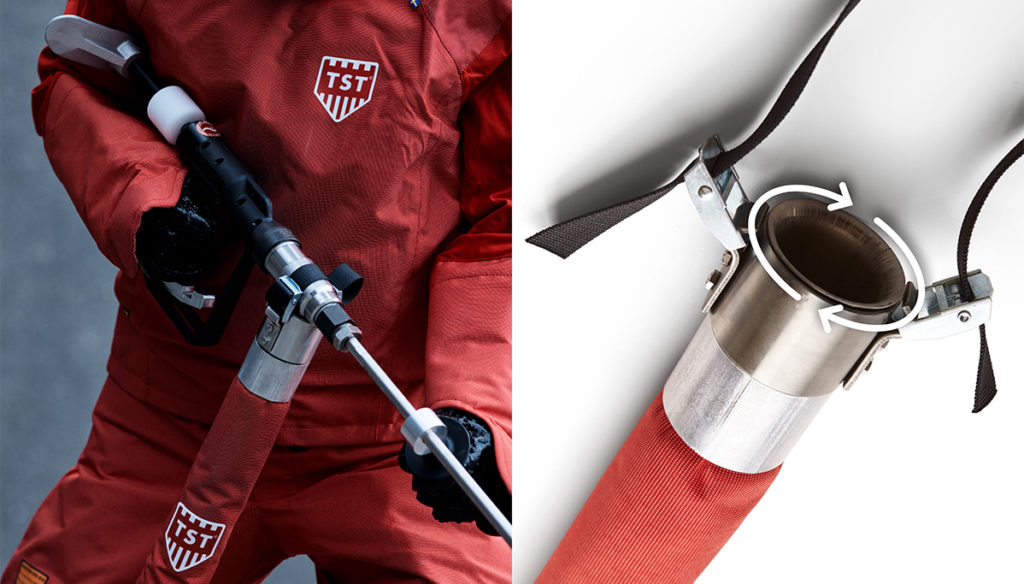 The Hose Protection works best with a swivel which rotates freely around the steel collar to follow the operator’s movement, making work easier and more ergonomic.
The Hose Protection works best with a swivel which rotates freely around the steel collar to follow the operator’s movement, making work easier and more ergonomic.
So, the next time you arrive at a work site make sure that all operators and the entire establishment are properly protected. Take an extra look at the pump, dump valves, and all hose connections to make sure everyone and everything is safe, all the way from one end of the hose to the other.
TST Sweden article published in WJTA Jet News, reprinted with permission.
